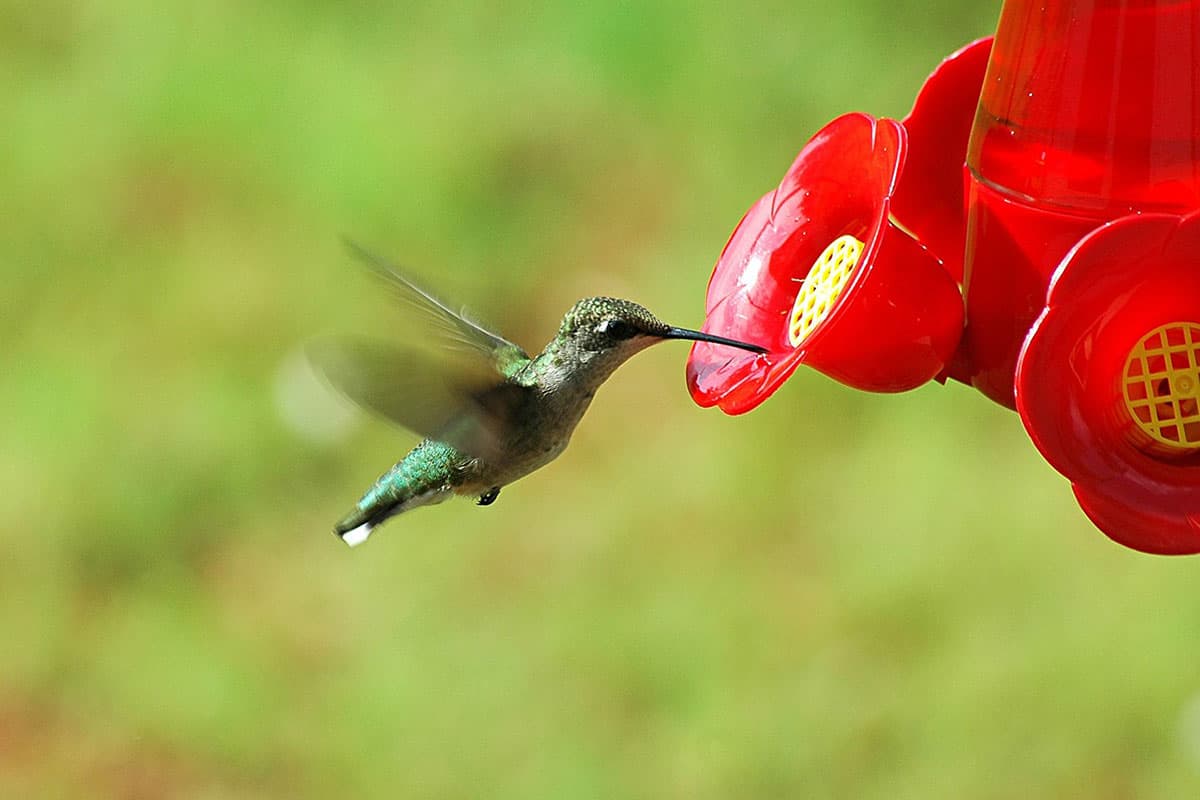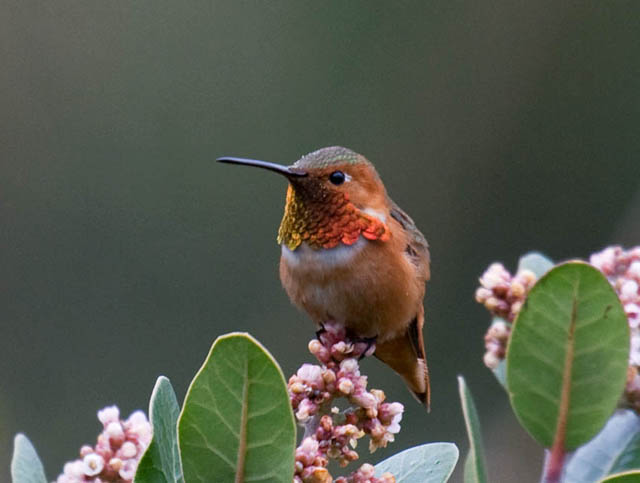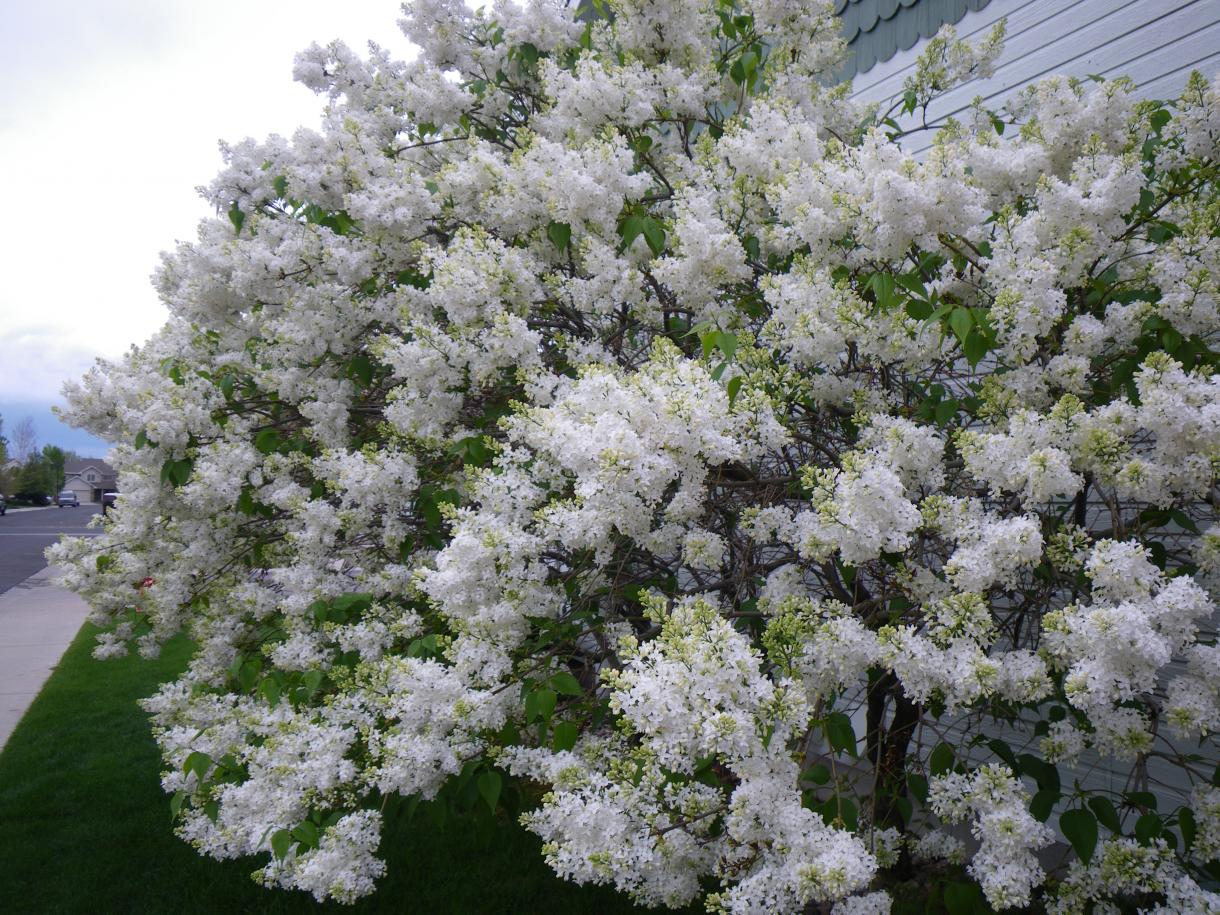The best time to put out hummingbird feeders has always been a challenge for new birders. Many people start feeding birds before they are ready, which can be harmful to the birds. While taking care of the baby birds is very important, you should not endanger them in the process. You should wait until some flowers begin blooming in spring, and then you can start putting out your feeder.
Also, it’s very important that you keep your nectar solution clean or change it frequently because this will help keep your birds healthy from diseases. We’ve created this guide with all of the information you need about when to put out hummingbird feeders so that you don’t make any mistakes when welcoming these beautiful little creatures into your yard. Let’s get started!
Factors Affecting When the Hummingbird Season Starts
Location
If you live in an area with a longer spring and summer season, you won’t need to put out your hummingbird feeder till later. However, if you live in an area where the winters are colder and snowier, or spring comes earlier than other places, you can put out your feeders as soon as the air starts to warm up a bit.
For example, some southern and coastal states of the United States and Mexico, plus the Caribbean and South America, are home to hungry birds year-round. While in other regions, the best time to put out hummingbird feeders depends on the local hummingbird population and migratory patterns of specific species.
Climate and Temperature
Mild climates and warmer areas are attractive to hummingbirds in early spring. Therefore, it’s best to start feeding hummingbirds earlier in those areas. But in areas with cooler temperatures and later springs, only bring out the feeders when it starts to warm up.
Migration Patterns
Hummingbirds are migratory birds. Therefore, when their food sources start to decline in one region or area, they tend to move on to explore for more abundant food. Because of the varying migration patterns of different species, you must know when your local hummingbirds tend to migrate away from your location. If you wait too long to put out feeders, you might miss the birds at their time of year.
Feeding Hummingbirds
Feeding hummingbird’s sugar water is a surefire way of attracting hummingbirds into your yard. Make sure you keep the sugar to water ratio at 1 to 4 to mimic natural flower nectar. Also, keep the hummingbird feeder clean to avoid introducing diseases to your hummingbirds. To attract hummingbirds to your feeder, mix a solution of four parts water and one part table sugar.

Image credit: https://www.thespruce.com/
Hummingbirds not only feed on nectar, which you provide for feeders, they also eat flying insects and spiders. This means that if you stop feeding hummingbirds for any reason, the hummingbirds will just survive. Do not use honey or alternative sugars when filling feeders.
A great example of a beautiful hummingbird includes the Ruby model hummingbird. This bird has five feeding ports in 10 ounces, so it empties in 3 to 5 days with only one or two birds. It’s also easy to clean and doesn’t leak. It comes with a built-in ant moat and has larger volumes if you have more individual hummingbirds visiting your yard.
When to Feed Hummingbirds
The best time to offer sugar water for hummingbirds is when nearby native flowers are shedding. Hummingbirds appreciate having extra hummingbird food during the spring migration. Most hummingbirds migrate to southern climes in winter. They return very early in the spring. They may encounter snow or freezing temperatures when nights are still cold.

Image credit: https://birdfeederhub.com/
Your feeder provides needed energy to keep them going until they reach their final destination. Therefore, having your hummingbird feeders set up and out of the earliest migrants can help them in the spring. These birds also don’t migrate at the same time. The weather they also encounter on their travels may also aid or hamper their travels.
Generally, males migrate and arrive on their breeding grounds a week or two before the females. Males then set up and defend territories around food sources, flowers, and even your hummingbird feeders.
Hummingbird Season Calendar
The dates of hummingbird feeders can vary, but these birds tend to be reliable in their migration patterns and when they start visiting feeders.

Image credit: https://1.bp.blogspot.com/
Year-Round Feeding
Offer hummingbird feeders all year long in areas where these birds are non-migratory, and overwintering hummingbirds join residents during the winter months. If you’re a birder who’s living along the Pacific coast of the United States and Southern British Columbia, you can feed hummers all year round.
Other states include the Rio Grande Valley of South Texas and along the south Texas Coast, South and Central Florida, and Southeastern Arizona. In the Caribbean, Central America, where many hummingbirds do not migrate, is also ideal.
Several species of hummingbirds found in these places include Rivoli’s hummingbirds, Anna’s hummingbirds, Blue-throated mountain gems and Lucifer hummingbirds. Other species include Calliope hummingbirds, Broad-billed hummingbirds, Violet-crowned, and Buff bellied hummingbirds.
February and March
February and March are great months to put out your feeders in most of the United States. In the spring and summer, hummingbirds will be looking for food to build up their energy reserves for their fall migration. Hummingbirds typically migrate south in the fall, but some may stay in your backyard if you have a reliable food source.
Hummingbird migration begins early in the southern United States. Here, areas like Deep South, including north Florida and south Georgia, can put out hummingbird feeders as soon as the middle to late February or early March and expect to see these tiny birds eating up all of the food. Birds expected include Ruby throated hummingbirds, Rufous hummingbirds, and Black chinned hummingbirds.
March and April
Early migrating hummingbirds that are heading to breeding grounds further north begin appearing in the Central United States as soon as mid to late March and early April. Some people also put their feeders out in late May as hummingbirds migrate through these areas. The Ruby throated Hummingbird and Rufous-throated hummingbirds are common migrants seen in the Central part of the US. They’ll start appearing as soon as mid to late March and early April.
pril and May
April and May are usually the sweet spots for putting up your hummingbird feeders. Around this time is when you’ll see the majority of hummers coming to eat from your feeders out in the wild. Some of these species include Anna’s hummingbird, Costa’s, Allen’s, Rufous, or Anna’s hummingbirds. Hummingbirds begin to reach their northern ranges in late April or early May.
May and June
The months of May and June are when you’ll begin to see a lot of different types of hummingbirds. These birds include Rufous, Allen’s, Black-chinned, and Anna’s hummingbird. In the furthest northern reaches of hummingbird ranges, the birds do not arrive until late spring or early summer.
In the Central Canadian of Calliope hummingbird or the Alaskan territory of the rufous hummingbird, you can wait until mid-May or very early June to put out hummingbird feeders. You should always look for earlier arrivals if you live in these states.
FAQs on When to Put Out Hummingbird Feeders
What time of the day do hummingbirds feed?
The best time when hummingbirds visit your feeder and feed on your nectar is usually dawn to dusk or early in the morning, or late in the afternoon before sunset.
How often will hummingbirds visit a feeder?
On average, you can see a hummingbird in your yard every 5-10 days. If you don’t feed them, they will find other food like flowers and natural nectar in flowers. Thus they will need less food to eat in your yard.
Final Thought on When to Put Out Hummingbird Feeders
It’s always a great idea to put hummingbird feeders earlier rather than later. This is because when the hummingbirds are in your yard, it’s almost guaranteed that they will return even before you know it, and they won’t return if there’s no food for them. So, you should improve your gardening skills by knowing how to take care of these birds.
The post When to Put Out Hummingbird Feeders appeared first on Kitchen Infinity.
Did you miss our previous article…
https://www.thelavkitchen.com/?p=888
